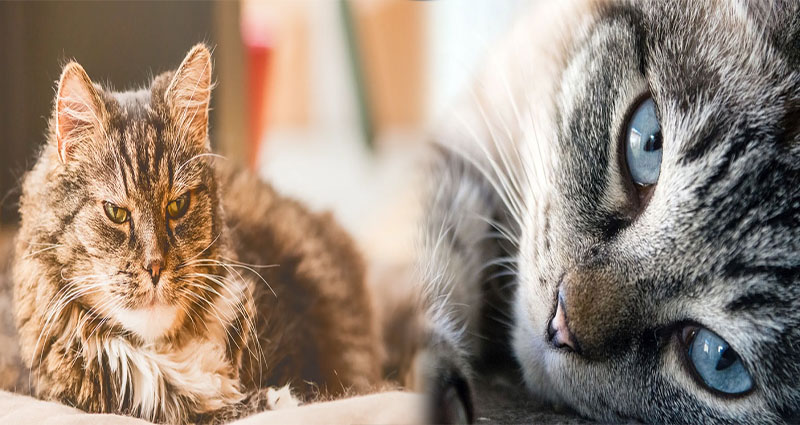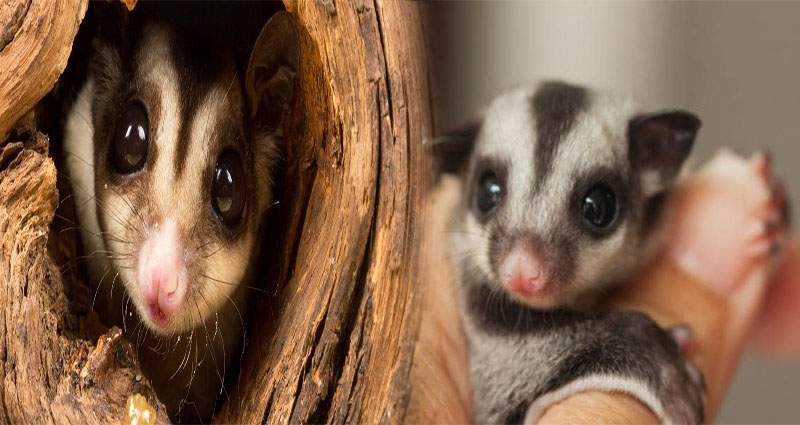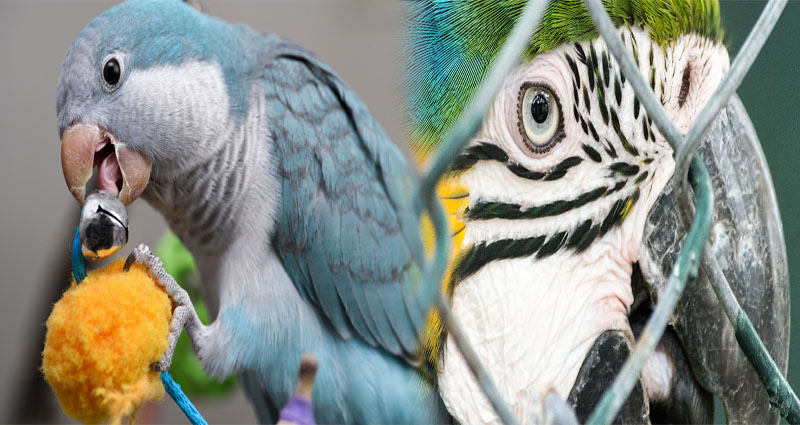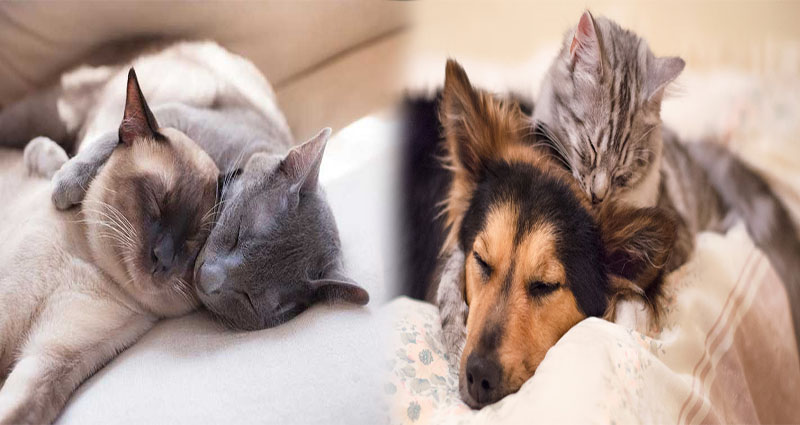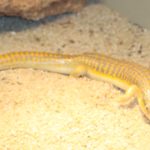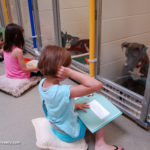Common Health Problems in Senior Cats and Their Treatments
As our feline companions age, they become more susceptible to certain health issues. Senior cats require extra attention and care to ensure their well-being and comfort. In this article, we will explore some common health problems that affect senior cats and discuss their treatments to help you provide the best possible care for your beloved feline friend.
1. Arthritis and Joint Pain
Arthritis is a common condition in older cats that causes inflammation and stiffness in the joints. Symptoms may include limping, difficulty jumping, decreased activity, and decreased appetite. Treatment options include pain medication prescribed by a veterinarian, joint supplements like glucosamine and chondroitin, and providing a warm and comfortable environment for your cat to rest.
2. Dental Disease
Senior cats often develop dental issues such as periodontal disease, tooth decay, and gum disease. These problems can lead to pain, difficulty eating, and even systemic health issues. Regular dental care, including professional cleanings under anesthesia, is essential. Additionally, brushing your cat’s teeth regularly and providing dental treats or toys can help maintain oral health.
3. Kidney Disease
Chronic kidney disease is prevalent among senior cats and can significantly impact their quality of life. Symptoms may include increased thirst, frequent urination, weight loss, and a decrease in appetite. Treatment often involves a combination of special renal diets, medication to manage blood pressure and kidney function, and giving subcutaneous fluids to help maintain hydration.
4. Hyperthyroidism
Hyperthyroidism occurs when the thyroid gland produces excessive thyroid hormones, leading to weight loss, increased appetite, … Read More >>>

